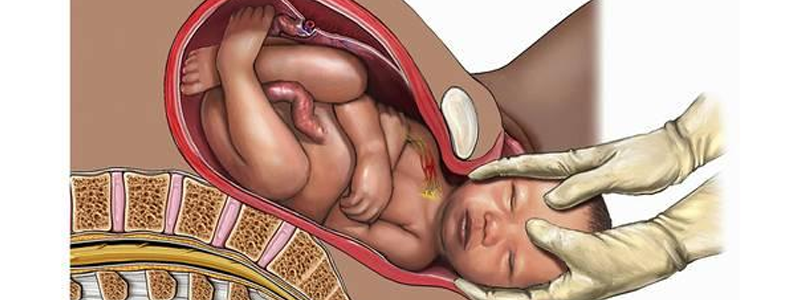
Normal vaginal birth, also known as spontaneous vaginal delivery, is the most common and natural method of childbirth. It refers to the process of giving birth to a baby through the vaginal canal without the need for medical interventions such as cesarean section or assisted delivery. In this article, we will explore the stages of normal vaginal birth and the various aspects involved.
The process of normal vaginal birth typically consists of three stages: labor, delivery, and the expulsion of the placenta. Labor is initiated by a series of hormonal and physical changes that prepare the body for childbirth. These changes include the onset of regular contractions, the thinning and dilation of the cervix, and the descent of the baby's head into the pelvis.
During the first stage of labor, the cervix gradually opens up (dilates) to allow the baby to pass through. This stage is further divided into three phases: early labor, active labor, and transition. In early labor, contractions may be irregular and less intense. As labor progresses into active labor, contractions become more frequent, longer, and more intense. The cervix continues to dilate, and the mother may experience an increased urge to push. The transition phase represents the final stage of the first stage of labor, during which the cervix reaches its full dilation of 10 centimeters.
Once the cervix is fully dilated, the second stage of labor begins. This is the delivery stage, where the baby moves through the birth canal and is born. The mother experiences strong contractions and an intense urge to push. With each contraction and push, the baby's head advances through the birth canal until it crowns, which means that the widest part of the baby's head is visible at the vaginal opening. At this point, with continued effort, the baby's head is born, followed by the rest of the body. After the birth, the baby is placed on the mother's abdomen for skin-to-skin contact and bonding.
The third stage of normal vaginal birth involves the expulsion of the placenta. After the baby is born, the uterus continues to contract, causing the placenta to separate from the uterine wall. The mother may be asked to push lightly to assist in the delivery of the placenta. This stage is relatively shorter and less intense compared to the previous stages.
Throughout the process of normal vaginal birth, healthcare providers closely monitor the mother and baby's well-being. They assess the progress of labor, monitor the baby's heart rate, and provide support and guidance to the mother. Pain management techniques such as relaxation exercises, breathing techniques, and the use of pain medication may be employed to help the mother cope with labor pain.
There are several benefits associated with normal vaginal birth. It promotes the release of hormones that aid in the bonding between the mother and baby and supports breastfeeding initiation. It also facilitates the natural compression of the baby's chest during birth, which helps clear fluid from the baby's lungs. Additionally, the process of labor and vaginal birth can have positive effects on the baby's immune system and microbiome.
However, it is important to note that not all pregnancies are suitable for normal vaginal birth, and sometimes medical interventions such as cesarean section or assisted delivery may be necessary for the safety of the mother or baby. Healthcare providers carefully assess the individual circumstances and make decisions accordingly.
In conclusion, normal vaginal birth is a natural and common method of childbirth. It involves the stages of labor, delivery, and placental expulsion, and is supported by healthcare providers who monitor the progress and well-being of the mother and baby. While it is a natural process, every birth is unique, and healthcare professionals ensure the safety and well-being of both the mother and baby throughout the entire process.
